Solid Clouds is an Icelandic studio founded by veterans of EVE Online and led by CEO Stefan Gunnarsson. They’re focused on making 4X MMO games, with their first game being Starborne.
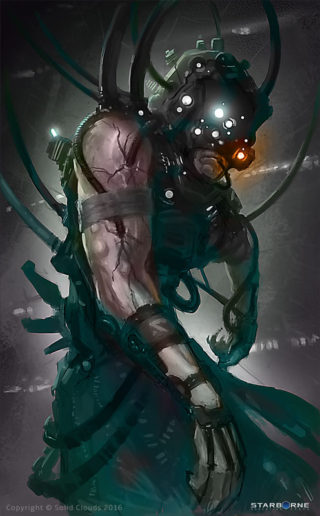
“Starborne is born from decades of strategy gaming, from old play-by-mail titles like Austerlitz to modern iteration of the Civilization franchise,” said Stefan. “The massively multiplayer strategy aspect is greatly inspired by Travian version 3 and -funnily enough- the lack of innovation of the Travian franchise is also what ignited the dream of having a fully 4X MMO, because, I wanted more depth out of my MMO strategy experience and MMORTS games unfortunately weren’t providing it.”
Refining the MMORTS
Stefan says he’s a big fan of strategy games. In particular, he fell in love with MMORTS games where thousands of players can recreate the history of human politics and war in miniature, but he also ran up against some issues with the genre.
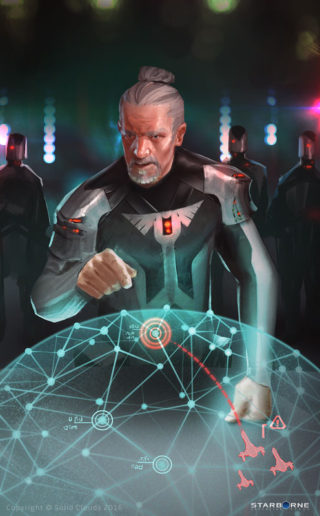
“Soon the singularity of the MMORTS genre gnawed at the pleasure I originally got from it,” said Stefan. “Where was the exploration of unknown worlds? The satisfaction of your empire’s growth with expanding borders and new settlements? The maps in MMORTS games had been relegated to the back seat, serving only to create distances between players. I want a beautiful map that is alive with player activity and natural phenomena, with land that matters so players will fight over it. I was also tired of endless games; I want a spectacular end game where players have to cooperate in depth to come out on top. In short: the inspiration is born from the lack of innovation within the genre of MMORTS games”

“After years of playing various MMORTS games, I had become frustrated with the complete lack of ambition for these games,” Stefan continued. “Companies present in this market were guilty of reskinning their games instead of iterating their designs and strategy-game developers outside the MMORTS genre paid it no attention, completely missing what I felt was an obvious market gap. I was convinced that a lot of strategy players were aching for the same thing as I was and decided to do the market research. It then became clear that MMORTS games was a healthy market suffering from stagnated design approaches. My vision and research convinced early investors to join the project, for example, six out of the first ten CCP investors have invested in Solid Clouds.”
Something Borrowed
Many different sorts of games have affected the development of Starborne from real-time strategy games to tabletop games. While traditional RTS titles have seen their popularity wane in recent years, Stefan says they’re looking to draw on some elements of the classics of the genre while also pushing it forward in new directions.
“Real-time strategy games evolution is interesting. Warcraft and Command & Conquer were first and from them evolved the MOBA versions of DOTA and League of Legends. The RTS tag is really unfairly attached to those games as I would argue they are more action games than strategy,” said Stefan. “The other path RTS games followed was the MMO versions ofTravian andTribal Wars. These games focused on the long term strategy elements but failed to incorporate the 4X elements of other grand-strategy games. That is what we’re doing, we’re taking the MMORTS games and introducing the exploration, expansion and exploitation elements, making the map matter again. But what’s also new is the addition of traditional board game elements, like cards and finite games with specific end-game phases where winners are declared.”

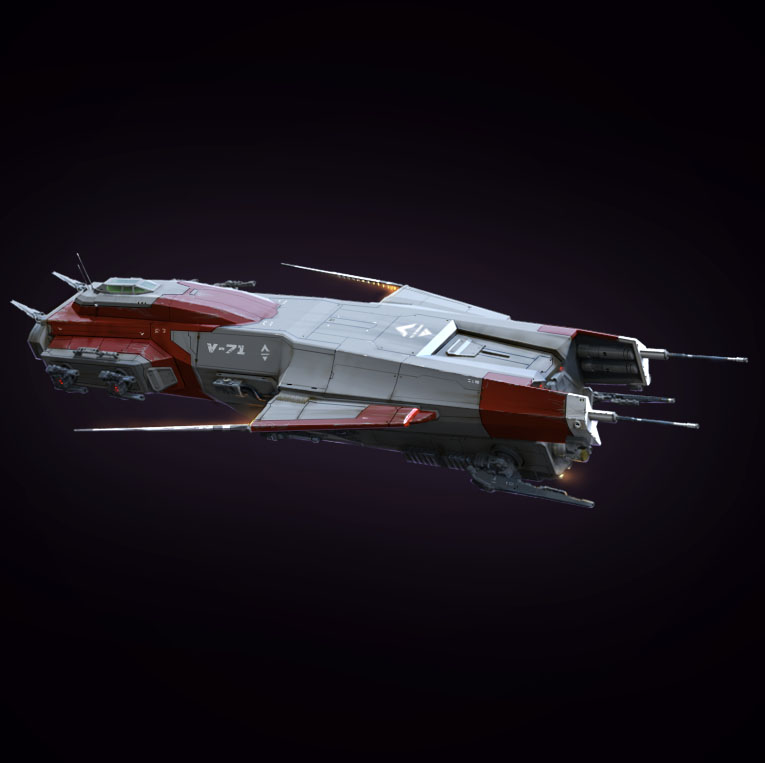
“Starborne has trace amounts of almost all strategy games I’ve played in the last 30 years,” Stefan continued. “Board-games are no exception and I want Starborne to capture some of the feel of board-games, like fanciful maps with beautiful art, miniatures map objects, cards and observable board-action. We knew we wanted to allow players to customize their empires and we could’ve had items instead of cards, but cards offered both the feel of a board game and the ability of being able to contain any concept, be it a building, a spanner or a character. They just fit the game feeling we want to induce. Plus, who doesn’t love opening booster packs?”
Test Early, Test Often
Hrafnkell Oskarsson, Starborne’s Producer, says that Solid Clouds takes various internal good practices from the development team’s time with EVE Online. They also take the importance of player freedom allowing for emergent gameplay and also the importance of testing from CCP.
“We are firm believers in testing early and often. Good game development is an iterative process and the more feedback and gameplay experience you can amass early on, the better you can iterate and improve the game,” said Hrafnkell. “We make sure the game is playable at every stage of the process, as this helps us not only in testing, but also in keeping the codebase up to date and functional. Early testing also allows us to battle-test many issues that otherwise would be difficult, such as large scale social systems and server load balancing. In addition, it can help in organically grow(ing) your community from a very early stage.”
“When I was working on the World of Darkness MMO at CCP, we had many internal tests focusing on getting the competitive element between social groups correct. When it got to the point of co-workers yelling at each other in the hallways and sending each other threatening emails because of in-game shenanigans, we high-fived each other on a job well done,” Hrafnkell added. “In a game like Starborne, the great moments come from player interaction. When players have spent days and weeks planning and building, it’s then either when someone sabotages your plans or when they come to perfect fruition is when you get exclamations in chat.”
Together in the Clouds
Solid Clouds works in the same physical location, believing it to be the best way to develop games. They work together in the start-up hatchery Innovation House and look to necessitated good communication and team spirit.
“We put a huge stock on good team morale,” said Hrafnkell. “The difference in productivity between a team that really gels on a personal level and one that does not is night and day, regardless of talent or experience of individual team members. There are many different elements that contribute here, such as good communications, empowering the team members to have a say in what we do, and so on, but the key elements are respect and trust.”
As with many other studios, a project lead is important to a project’s planning and use of resources at Solid Clouds. “On the level below, there are individual leads for specific areas of the game,” said Hrafnkell. “For instance, the Art Director is responsible for the overall look and feel and the Technical Director (or Tech Lead) is responsible for quality and performance of the technical side of the game. In smaller studios, there can be a lot of overlapping and people wearing many hats, so the exact titles are blurrier.”
“An ideal way in my opinion is where the project leader starts by creating the framework for what needs to be solved/designed,” Hrafnkell continued. “Then the team is involved to have a say in how to fill in the framework. Then the project lead takes that input to construct stories detailing what must, should and could be done, so we have a good scope and prioritization. Then when the feature starts being worked on, the team members responsible for it help break it down into tasks.”
Classic Sci-Fi Themes
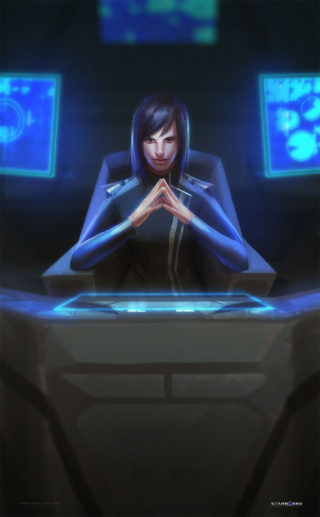
“It’s a certain aesthetic that is derived from the best art and design in classic science fiction and put in practice where it applies in the game,” said Asgeir. “For certain assets in the game such as a ship, the functionality is king and I often look at some real life machinery with similar purpose or function and try to capture its character.”

“The lore of the game is a very exaggerated future vision full of classic sci-fi themes and we wanted the style to reflect that,” said Asgeir. “We also wanted the universe to be vibrant in colors and depth and very pleasing to the eye since the player will spent a lot of his time looking at the environment around his stations. All the assets are designed to be readable with a distinct silhouette that can be recognized from some distance. The scale is a bit exaggerated to fit the hexagonal pattern and give it a bit of a board game feel.”

Avoiding Pay to Win
It can be hard when just starting out as a studio to know what’s an appropriate use of resources. One of the ways to do so is to know what sort of game you’re making, and Hrafnkell Oskarsson notes that changing a game can be both expensive but also demoralizing to the team, along with allowing the addition of more game elements (feature creep) to infect the project.
Stefan Gunnarsson adds that another trap to avoid is making a game pay-to-win as a way to try and cash in. “We are PvP players and a PvP studio. Most of our free-to-play monetization options revolve around quality of life issues and vanity items,” said Stefan.
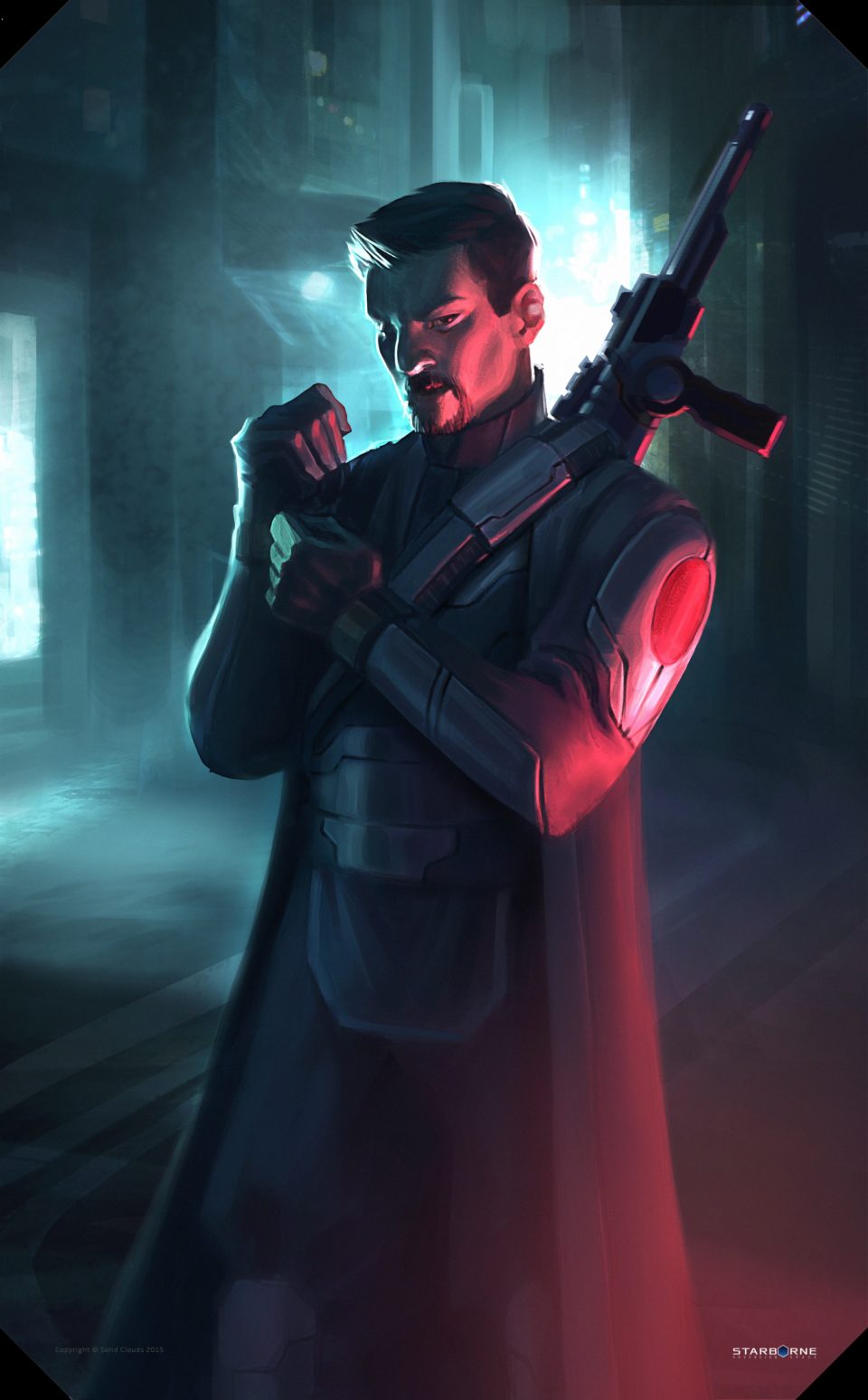
Much of what they said pointed to making the best game possible, and everything they’ve shown points to them being well on there way without corrupting it with pay-to-win. “One of the revolutionary options within this genre is our offering of subscription servers, where the free-to-play monetization methods that affect gameplay are not in effect,” Stefan concluded.
Comments









